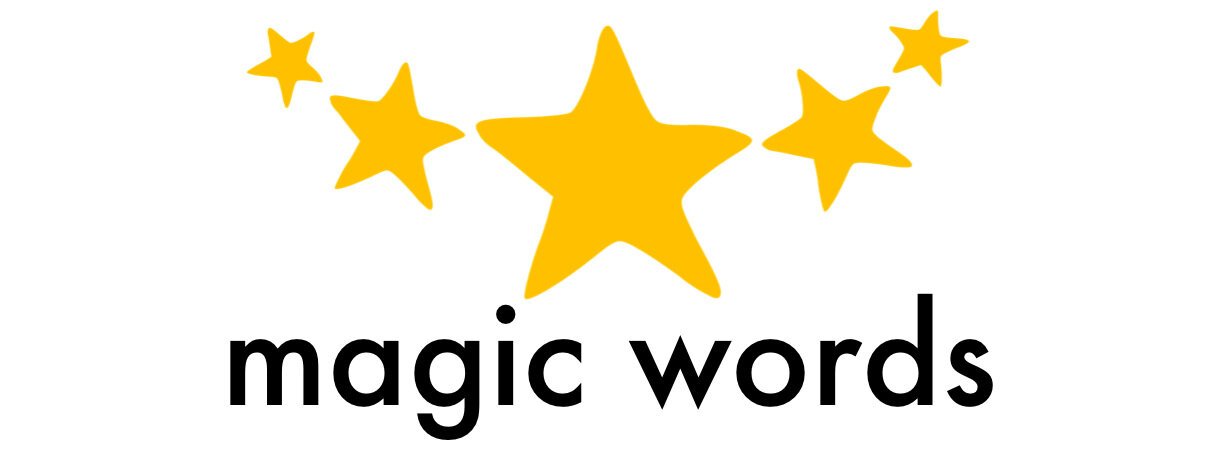By Catherine Clancy, Speech and Language Therapist
Unfortunately, I fell ill at the beginning of this week and it took me some time to get back to my usual self. However, I was able to attend a Communication Camp that had been organised by Yellow House to support parents of children with Cerebral Palsy. This post will be focused on the content of the camp and how Yellow House are raising awareness of cerebral palsy and empowering parents to support their children.
On the left is Florence and the right is Duncan (with Gregory translating), who explained what communication is and ways in which children with cerebral palsy can successfully express themselves when speech is unclear or not present. The communication house is a lovely way to understand the foundations that need to be put in place before you can expect a child to understand spoken language, and then begin to express themselves using gestures and speech.
There was a specialist talk from an Occupational Therapist who discussed ways parents can support their child’s fine and gross motor skills through daily exercises. Here, John is demonstrating how to support a child’s ability to stand with support.
Here are some of the toys that the parents made for their children using those materials that are easily accessible to them – a very creative way of recycling waste into something kids can enjoy!
Whilst the parents were busy attending the talks within the camp, the children were taken into a separate room where they had the opportunity to play, sing and dance – it was a lot of fun and it was lovely to see the supporting adults interacting so freely and easily with the children – the children were in their element!
After the camp and on my final day, I said bye to a client and his mother who has been supported through the use of Alternative and Augmentative Communication (AAC). A symptom of cerebral palsy for this client is stiff muscles and exaggerated reflexes (spasticity). Unfortunately, this means spoken language is extremely difficult for this boy and direct access to a communication board (e.g. pointing to a picture) is not possible. For this reason, eye gaze (looking at the picture) has allowed this client to communicate a preference when given a choice. This has given the mother a new way to communicate with her son and the joy that this brings to the both of them is wonderful to see!
My time working with Yellow House has been eye-opening, rewarding and enjoyable. I have met a team of people who are raising awareness of speech, language and communication needs in Western Kenya and are working hard to support children and their families. The stigma around disabilities is still very much present and during the camp many mothers expressed their sadness around the fact that friendships and relationships had ended simply because they had a child with a communication disability. However, seeing these parents come together and pro-actively learn about their child’s condition and how to best support them was very inspirational, which is heightened by the fact that these families are doing their best to integrate their children in their communities to reduce social stigma and normalise their child’s differences.
Goodbye Kisimu!














